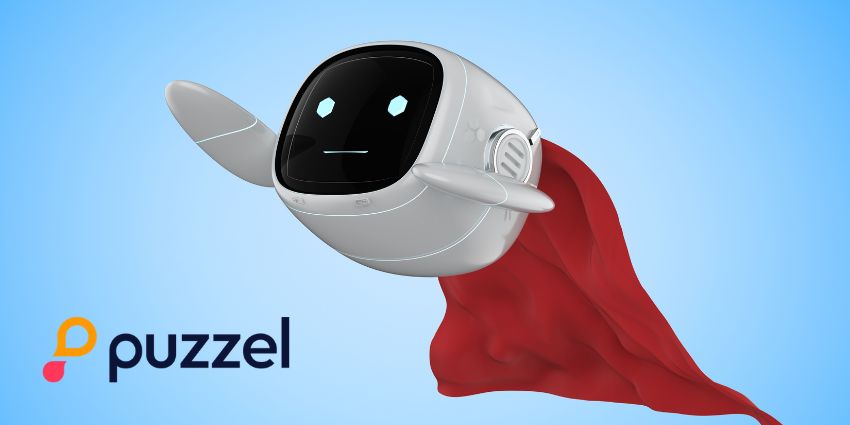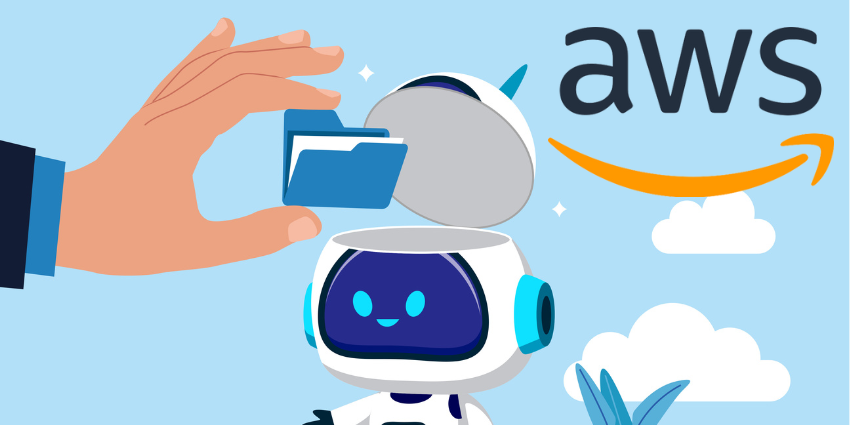Few parts of a business reflect technological change more directly than the contact center.
In the 1980s and 1990s, enterprises poured money into powerful but painfully rigid on-premise systems.
These platforms were costly to maintain and slow to evolve, but they were the only option for businesses serious about scaling customer service.
The arrival of cloud-based platforms changed the playbook. Suddenly, leaders could experiment with new channels, spin up operations in weeks rather than years, and cut costs without sacrificing capability.
This shift unlocked a new level of agility and quickly became the standard for modern support operations.
Now, if this were Taylor Swift’s Eras Tour, this is the part where we’d be entering The Tortured Poets Department era.
Think ‘But Daddy I Love Him’, ‘Who’s Afraid of Little Old Me?’, and ‘The Smallest Man Who Ever Lived’.
In the contact center space, the equivalent is the AI-first era.
While the entire industry might not be there quite yet, there is an undeniable shift towards AI that doesn’t appear to be showing any signs of slowing down.
However, this time, the path forward is not necessarily linear.
Some organizations aren’t simply migrating from cloud to AI; they’re leapfrogging entire stages of development.
As Jonathan Barouch, Vice President of GM Contact Center at Zendesk, explains:
“The first generation of contact centers were on-prem, the second generation was cloud, and I think the current generation are the ones that were born for the AI era.
“What’s interesting is we’re actually seeing some of the on-prem businesses go straight to AI for their contact centers, essentially bypassing the traditional cloud vendors altogether.”
He likened the current contact center trend to the mobile revolution:
“You’ve got large parts of the developing world that never had a desktop PC; they went straight to mobile.
“I think it’s the same with on-prem contact centers. Customers are missing that middle step and going straight to the end state.”
AI Raises the Stakes
For CX leaders, adopting AI isn’t just about efficiency gains. Instead, they’re rethinking what a ‘good’ customer interaction looks like.
Self-service bots, predictive analytics, and real-time translation are rewriting expectations for speed and accuracy.
But ultimately, customers don’t measure service in terms of resolution times or automation rates; they measure it by how they feel when the conversation ends.
As Barouch puts it:
“What we hear over and over again from customers is the human experience is still really valuable.”
“But even with AI-based experiences, they still need to be designed to feel human, not to trick the end customer, but to make the customer feel comfortable.”
That balance is critical.
AI can accelerate repetitive tasks, anticipate customer needs, and even resolve issues before customers notice them. But for complex or high-value interactions, the human touch remains irreplaceable.
The hard part is knowing where to let AI take over, and where to pull a human back in.
Where Zendesk Fits In
Zendesk is positioning itself as a partner for organizations navigating this new landscape.
The company has a strong reputation in digital channels, case management, and knowledge bases.
With the launch of Zendesk for Contact Center, voice joins the portfolio – bringing all channels into a unified platform with AI built at the core.
Barouch highlighted why this matters, explaining that rather than taking customers’ data and exporting it into random AI tools with unknown ROI, AI is built into Zendesk’s very core.
The advantage of this approach is apparent when looking at real-world examples.
UK-based BPO Ventrica, working with a global fast-food brand, was able to go live with Zendesk in under a week.
“Normally this is a multi-month lift-and-shift,” Barouch said.
“But because the data, workflows, and knowledge base already lived within Zendesk, it was actually really easy.”
With many businesses cautious of incorporating AI for fear of a months-long implementation process, Zendesk’s speed could be a clichéd but apt ‘gamechanger’.
From Firefighting to Forecasting
Looking ahead, Zendesk sees AI enabling a move from reactive service to proactive, personalized engagement.
Instead of waiting for a problem to appear, platforms can anticipate and address issues in advance.
Barouch details how AI can be deployed to detect anomalies and figure out what the customer needs before they even know about it, as he explains:
“Imagine a business saying, ‘We overbilled you by $5, we’ve corrected it, you don’t need to do anything.’
“That’s a magical experience that engenders loyalty – and it should just be the standard.”
This proactive model pairs neatly with the scalability of cloud.
Leaders don’t need to gamble on massive rollouts. Before expanding across the organization, they can test AI on a single workflow, a specific phone line, or one agent group.
“That’s the nice thing with cloud technologies,” Barouch said. “It doesn’t have to be all or nothing anymore.”
Future-Proofing the Contact Center
When it comes to AI, one of the most significant risks for CX departments is failing to take action.
And it’s understandable.
Investing in the wrong platform can lock organizations into tools that become outdated in just a few years.
In order to future-proof any investments, Barouch advises businesses to focus on platforms that are open, integrated, and already proven at scale.
“You hear a lot about pilots that stay in the lab,” he explains. “The question is: how do you partner with platforms that have actually delivered these outcomes at scale?”
That also means looking at trust and governance, as AI without accountability can quickly create new risks.
“Only around 20% of organizations have an established GenAI governance strategy,” Barouch notes.
“So working with scaled partners who hold trust and safety as integral to their platform is critical.”
Interestingly, some of the most tightly regulated industries – such as finance, telecoms, and the public sector – are leading adoption.
For them, AI isn’t a compliance risk; it’s a way to reduce errors, increase transparency, and prove accountability to regulators.
Voice Still Matters
One of the major misconceptions surrounding AI adoption in the contact center is that it will make voice obsolete.
However, voice isn’t fading away. In fact, the reality shows that companies that have tried to switch it off have often faced backlash, as highlighted in HMRC’s abrupt U-turn last year.
However, HMRC is far from the only company that has had to backtrack regarding voice.
“There are so many examples of brands turning off the voice channel, only to have to turn it back on a few years later because of customer need,” Barouch says.
Even younger demographics may not be as voice-averse as many assume.
With voice notes and audio messaging embedded in daily communication, Gen Z may well reshape how voice is used – not by rejecting it, but by transforming it into more asynchronous, flexible formats.
The Bottom Line
The contact center has mirrored every major tech cycle, from on-prem to cloud and AI. But this time, the margin for error is small.
Go too slow, and you frustrate customers. Go too fast, and you risk creating an impersonal experience. The winners will be those who find speed while maintaining accuracy and a personalized service.
Zendesk’s pitch is that it offers a middle ground: an AI-native contact center platform designed to scale, integrate, and deliver value at pace.
For CX leaders, the real question isn’t whether AI belongs in the contact center; it’s how quickly they can make it deliver meaningful results.
As Barouch sums it up:
“Waiting creates risk as well. Legacy systems carry hidden costs and poor experiences.
“The AI tools we’re discussing today aren’t futuristic – they’re practical, proven capabilities delivering ROI right now.”







